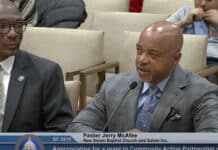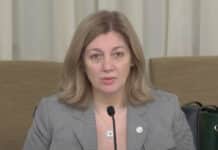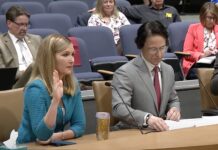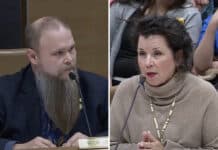
Minnesota is poised to become just the third state in the nation to provide free school meals for all students. But it will come at a taxpayer cost of about $200 million a year, regardless of whether a family has any trouble at all paying for their kids’ breakfast and lunch — which amounts to about $6 a day.
On Tuesday four Republicans joined 34 DFLers as the Minnesota Senate voted 38-26 to pass a universal school meals bill that Gov. Tim Walz has said he’ll sign when it reaches his desk. Last month the House passed the bill by a 70-54 vote. No Republicans in the House supported the measure.
Republican senators who voted for the bill include: Jim Abeler of Anoka, Julia Coleman of Waconia, Karin Housley of Stillwater and Zach Duckworth of Lakeville.
“Everyone in this chamber campaigned on putting money back in the pockets of families we represent,” said Sen. Heather Gustafson, DFL-Vadnais Heights, chief sponsor of the bill in the Senate. “Look at (this bill) like a lunchbox tax cut. It gives money back to the families.”
HF5/SF123 aims to ensure all K-12 students are served free breakfast and lunch in all schools, regardless of family household income. It would also cost the state $387 million over the next two years and nearly $419 million in the subsequent two-year budget cycle.
‘A food welfare program’
Those who voted no in both chambers have argued the bill amounts to a food welfare program for families that don’t need it and wastes valuable school funding resources that could be spent on more pressing items, like reducing class sizes, increasing mental health resources for students and addressing failing test scores in math and reading.
“We continue to see the majority party, now decidedly the Socialist Party in the state of Minnesota, bringing forward more socialist policies that make our people more and more dependent on a bigger and bigger government,” said Sen. Steve Drazkowski, R-Mazeppa.
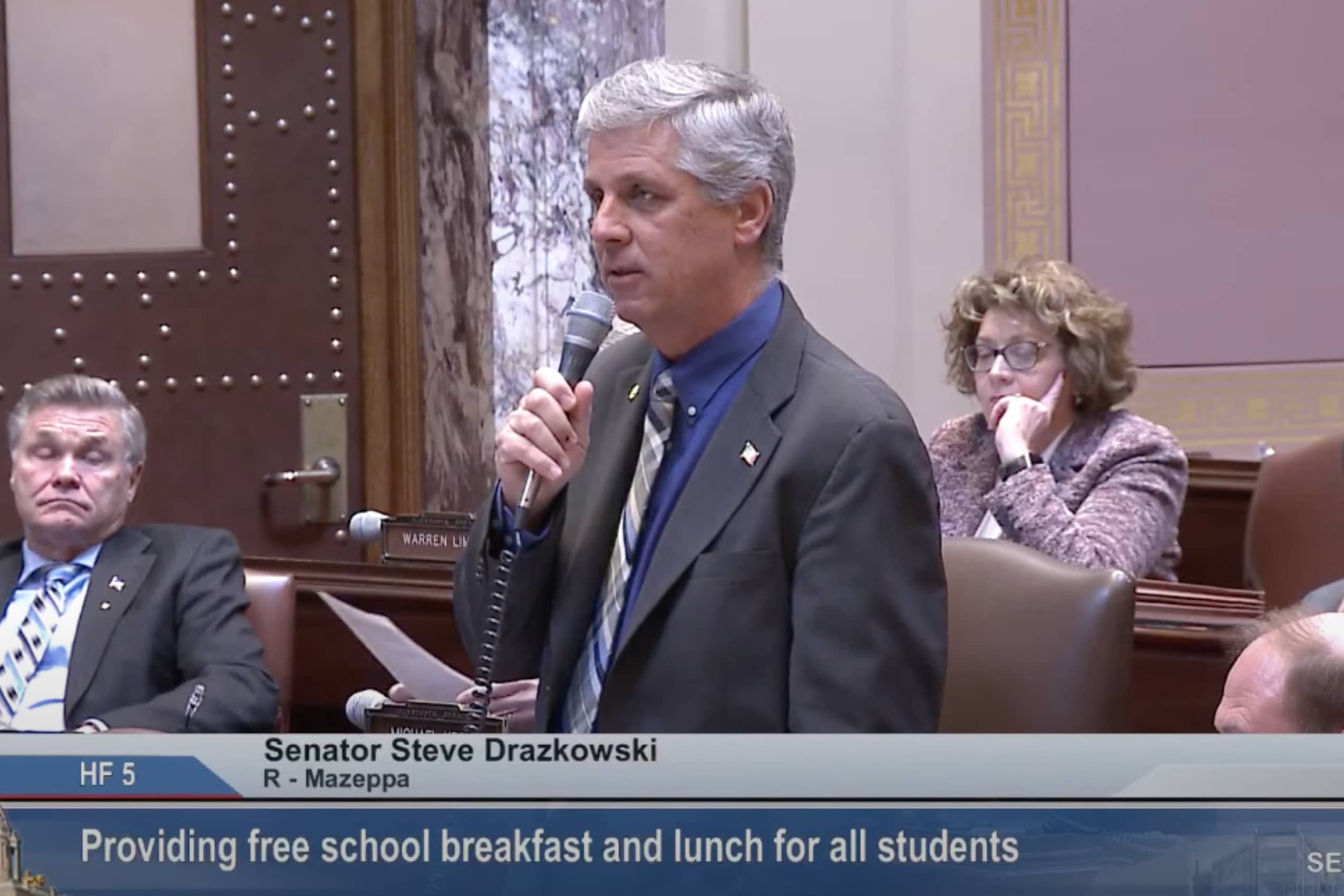
The universal school meals program is included in Gov. Walz’s proposed $12 billion schools budget that he unveiled in February, amidst a $17.5 billion budget surplus.
Once enacted, Minnesota would join California and Maine as the only states in the nation that ensure free school meals are served for all students in perpetuity, following expiration last fall of a federal, pandemic-era program that provided free school meals for all.
School district leaders across the state are telling legislators right now the areas in which they are in most need of additional resources, and universal school meals isn’t one of them, said Sen. Jason Rarick, R-Pine City.
More than “50 percent of our students are not in need of this,” Rarick said. “Yet this bill comes forward with a shotgun approach to take and address something far beyond what is actually needed.”
‘One-size fits all’ approach versus a more prescriptive solution
Currently, more than 274,000 students at Minnesota’s public, charter and private schools are receiving free or reduced school meals. That equates to about 30 percent of all students. Several DFL legislators and testifiers on the universal school meals bill have shared stories about parents who are too embarrassed to fill out free and reduced school lunch eligibility forms for their children and others whose incomes are just above the threshold for eligibility but are struggling to make ends meet.
But Sen. Michael Kreun, R-Blaine, said every school district leader he’s spoken with said schools go out of their way to ensure all families that qualify for free and reduced meals apply for them.
“We should be redoubling our efforts” if necessary, and “if we need to make the paperwork simpler than we ought to do that,” Kreun said. “But we don’t need universal free lunch to achieve that.”
Sen. Nicole Mitchell, DFL-Woodbury, says filling out paperwork is an "onerous" barrier for parents whose children qualify for free and reduced lunches. pic.twitter.com/WE05N2pV5y
— Alpha News (@AlphaNewsMN) March 15, 2023
Federal guidelines provide that children from households of four that have income under $36,000 qualify for free meals at school. Reduced price meals are available to households of four that earn under $51,000 annually. Also, the federal government already allows eligible districts and schools in low-income areas to provide school lunch and breakfast at no charge to all students, including schools where at least 62.5% of its students are from households that receive income-based assistance programs. The USDA reimburses those districts that qualify under its Community Eligibility Provision.
While most Republicans in the House and Senate have argued that fine-tuning already existing, means-tested free and reduced lunch programs to include a higher income threshold is a better solution, others like Sen. Abeler said all families will welcome the knowledge their children will have breakfast and lunch provided for them at no cost during the school day.
“Some might say this bill helps a few (families) that don’t need the help, but actually, I’m okay with that,” said Sen. Abeler, a Republican from Anoka. “There are a lot of pressures on a lot of families that this will take a load off of, so they can invest their money elsewhere. That’s a very good thing.”
Hank Long
Hank Long is a journalism and communications professional whose writing career includes coverage of the Minnesota legislature, city and county governments and the commercial real estate industry. Hank received his undergraduate degree at the University of Minnesota, where he studied journalism, and his law degree at the University of St. Thomas. The Minnesota native lives in the Twin Cities with his wife and four children. His dream is to be around when the Vikings win the Super Bowl.











